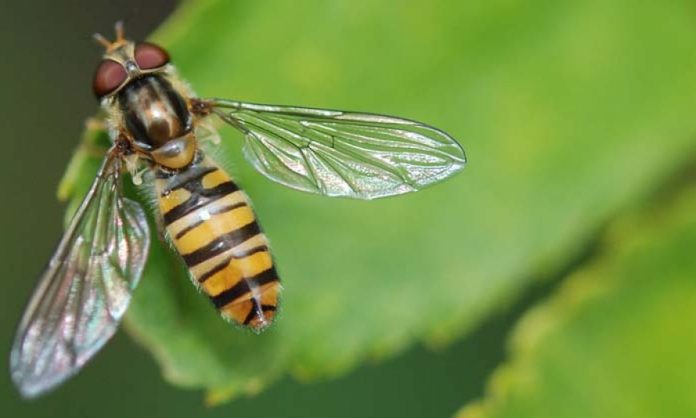The venom of the social wasp Polybia paulista from Brazil has been shown to protect the wasp from cancer. Paul Beales of the University of Leeds in the United Kingdom and João Ruggiero Neto of São Paulo State University in Brazil are the first to discover the mechanism that makes the venom kill cancer and prove that the venom is suitable for use in humans.
The surface of cancer cells and normal cells are different. The venom’s toxin called MP1 (Polybia-MP1) selectively kills cancer cells by destroying the lipid layer that is the most exterior surface of the cancer cells. Once the lipid layer is compromised the contents of the cancer cells are leaked into the surrounding tissue and consumed by normal cellular processes.
The difference between normal cells and cancer cells was found to be the distribution of phospholipids called phosphatidylserine and phosphatidylethanolamine. The two materials make up the bulk of the outer surface of cancer cells but are interior to the surface of normal cells. The presence of phosphatidylserine accelerates the destructive capacity of the venom toxin by as much as eight times. The presence of phosphatidylethanolamine accelerates the cancer killing capacity of the venom by as much as 30 times.
The researchers discovered the reason why the wasp venom kills cancer cells but does not kill normal cells by creating synthetic cell membranes that mimic cancer cell membranes and normal cell membranes. The researchers also tested the venom on cancer tissue that included bladder cancer, prostate cancer, and leukemia that was resistant to present drug therapy. Farming the venom is not practical but a synthetic method of creating the toxin is. It could be possible that a Native American group knew about the cancer killing power of the wasp venom but the knowledge was lost when the group was eradicated by Europeans.















